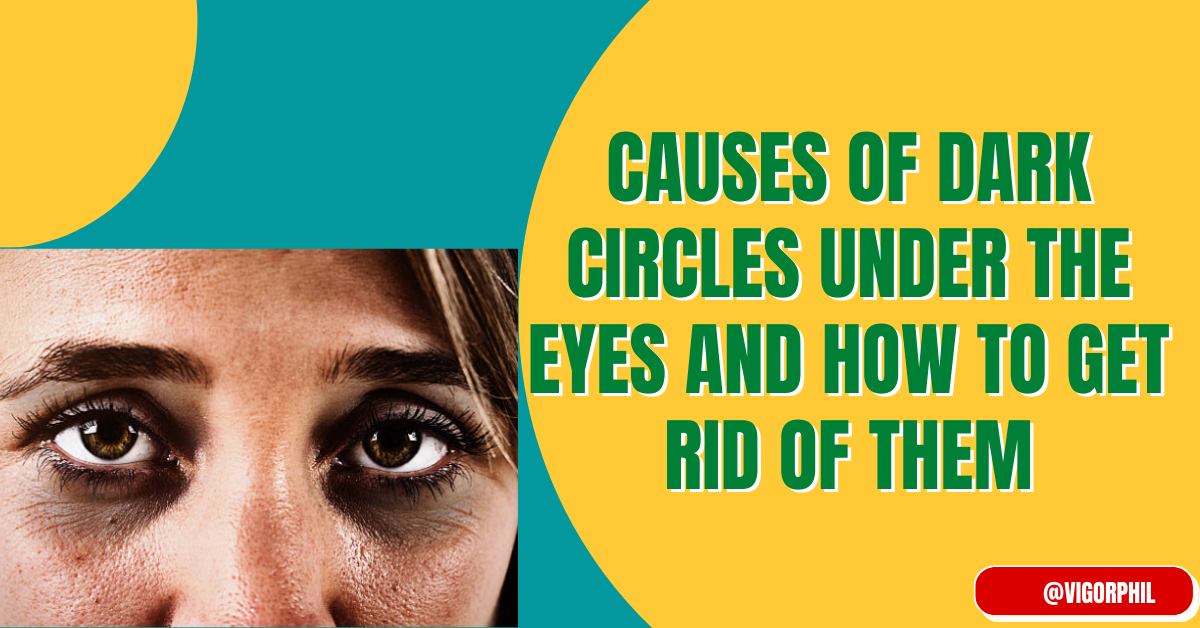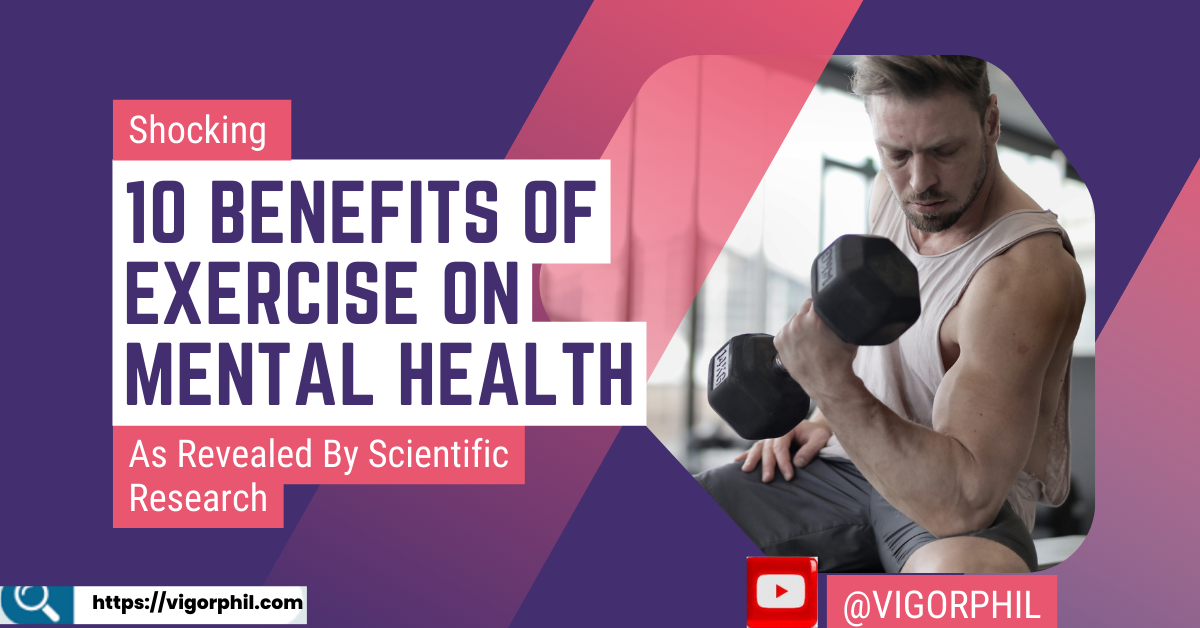The benefits of Sunlight are numerous and cannot be all listed, it is the greatest gift of God to man, it is linked directly with the existence of life, without Sunlight all will be gloom, depression, and sickness. The article “Sunlight Benefits” recites major benefits derived from exposing oneself briefly to Sunlight.
I must become acquainted with myself, I must be a learner always as to how to take care of this building, the body God has given me, that I may preserve it in the very best condition of health. I must eat those things which will be for my very best good physically, and I must take special care to have my clothing such as will conduce to a healthful circulation of the blood. I must not deprive myself of exercise and air. I must get all the sunlight that it is possible for me to obtain. I must have wisdom to be a faithful guardian of my body. CD 302.7I
E. G. WHITE PIONEER HEALTH REFORMER
1. Sunlight Benefits Vitamin D Production
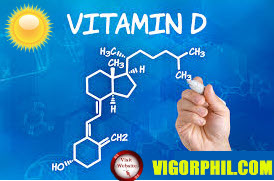
Unlike other essential vitamins that are gained from food, vitamin D can be synthesized in the skin through a photosynthetic reaction triggered by exposure to ultraviolet radiation from the Sunlight. The efficiency of vitamin D production is dependent on the number of UVB photons that penetrate the skin, the number of UV photons penetrating the skin is affected by clothing, body fat, sunscreen, and skin pigment melanin.
25-hydroxyvitamin D (25[OH]D) accumulates in the cell nuclei of the intestine, where it enhances calcium and phosphorus absorption in the bone, thus curing and preventing bone-related diseases.
2. Sunlight Benefits Blood Pressure Normalization
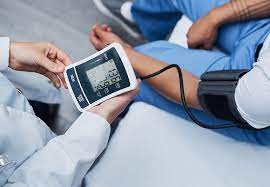
Sunlight helps regulate the blood pressure towards a normal, healthy level. Scientific research published in the Journal of Hypertension shows the effect of ultraviolet radiation (UVB) on the pressure of the blood.
Researchers saw a drastic reduction in the blood pressure of their subjects after exposing them to Sunlight for a short period of time. According to the researchers, there was a drastic drop in the systolic blood pressure across 1104.
It is believed that the nitric oxide stored in the top layers of skin reacts to Sunlight which leads to the widening of the blood vessels as the oxide moves into the bloodstream. It was also observed that individuals with high vitamin D (a vitamin that is commonly linked to Sun exposure) experienced lower blood pressure
3. Sunlight Benefits For Hair.

Recent studies show that hair loss might be associated with a deficiency in vitamin D, as mentioned earlier, one way to trigger vitamin D production in the body is a little exposure to Sunlight.
It was observed that Sunlight brightens your hair, it has proven to be a better alternative to harmful and abrasive bleaching products, simply apply some apple cider vinegar or honey on your hair before going out to the Sun.
Sunlight is also believed to get rid of fungal infections in the hair due to UV rays slowing down skin cell growth, making it difficult for fungus or acne to spread.
Come out in the sunshine and gather its wealth; there is joy in the body sunshine and beauty and health, why stay in the body shadows, why sit in the gloom, come out in the sunshine and blossom and bloom. AL.
WOLFSEN
4. Sunlight Benefits Blood Circulation
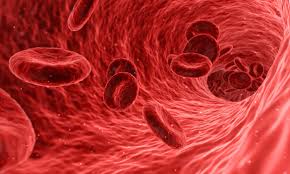
Sunlight improves the circulation of blood throughout the body, the blood is increased by 25% after a sunbath. The Sun has a thinning effect on the blood, making it easier to flow through the veins and reduce blood pressure.
5. Sunlight Benefits Cardiac Output
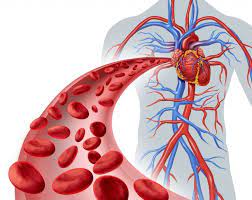
Not only does the thinning effect of sunlight on the blood reduce the pressure or workload of the heart, but Sunlight also increases the cardiac output, the amount of blood that is pumped by the heart with each contraction.
6. Sunlight Benefits Gas Exchange
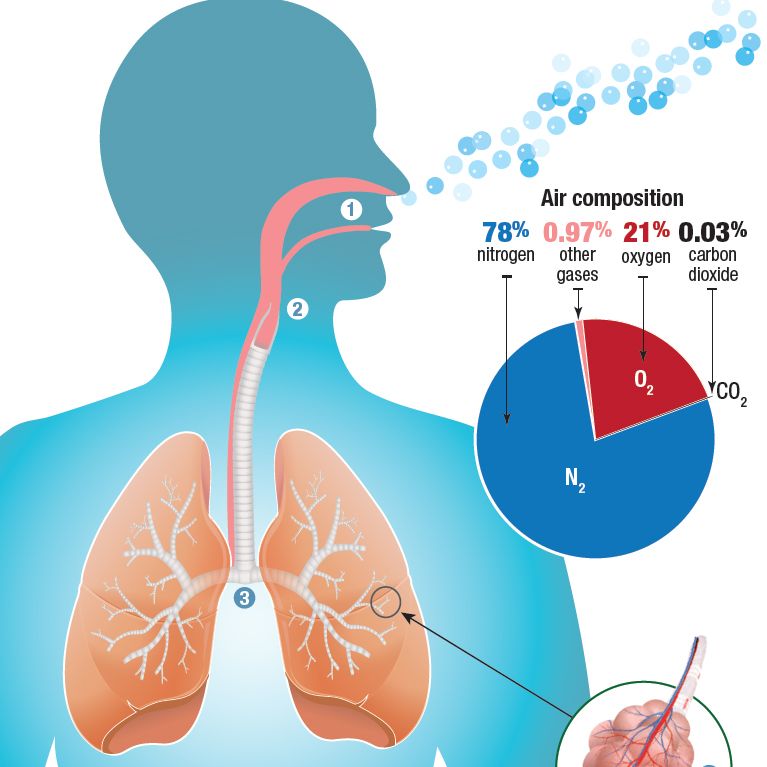
Sunlight increases the oxygen-carrying capacity of the blood, sunlight increases blood which in turn increases the gas exchange that occurs in the alveoli of the lungs, more oxygen is carried into the blood, and carbon dioxide is exhausted from the lung.
7. Sunlight Increases White Blood Cells
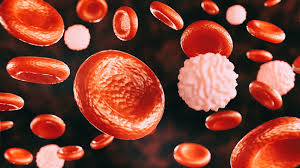
When the body is in danger, it increases its temperature in order to speed up the activities of the white blood cells, sunlight increases the number of white blood cells through the mechanism thereby Stimulating their ability to destroy both germs and cancerous cells.
8. Sunlight Increases Gamma Globulin
It is believed that sunlight increases Gamma globulin, a protein fraction of blood plasma that responds to the stimulation of antigens, like bacteria or viruses, by forming antibodies,
9. Sunlight Benefits In the treatment of Jaundice.
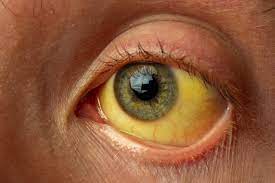
Sunlight is an effective treatment for jaundice in newborn infants. Sunlight has been shown to break down the bilirubin most effectively; in fact, one hour of sunlight equals 6 hours under the special bilirubin lights at the hospital. To sunbathe the baby, put him in a bassinet or on a blanket near a window with sun or indirect light (even on a cloudy day)
10. Sunlight Benefits Liver Function
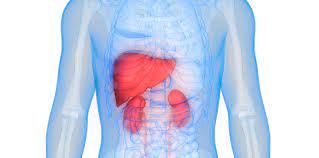
Sunlight improves liver function and helps the body eliminate toxic chemicals and environmental pollutants
An article published by MDPI shows that exposing the skin to sunlight can prevent liver Inflammation, Liver inflammation contributes to the pathology of non-alcoholic fatty liver disease (NAFLD), the researchers found that when the skin is exposed to sunlight, the skin releases anti-inflammatory mediators such as vitamin D and nitric oxide, vitamin D and nitric oxide suppresses hepatic inflammation that contributes towards the severity of NAFLD.
11. Sunlight Benefits in Blood Sugar Level Normalization.
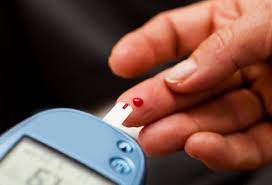
Sunlight stabilizes blood sugar (glucose) levels. It helps to elevate the blood sugar that is too low (in hypoglycemic persons) and helps to lower the blood sugar that is too high (in diabetic persons).
Generally, sunlight does not reduce the blood sugar below a normal level, however, insulin-dependent diabetics may need to decrease their insulin dosage before sunbathing in order to avoid lowering their blood sugar to a dangerous level.
In scientific and evidence-based research published in the Sage Journal, the researchers a relationship between diabetes developed in an individual and low serum concentrations of vitamin D.
Another research study published in the Journal of Clinical Endocrinology and Metabolism observed the lowering of insulin levels and blood sugar levels in their subjects after exposure to sunlight. For every extra hour of bright sunlight exposure, insulin levels decreased by 1.27%. Those who were exposed to bright sunlight also had lower insulin resistance (-1.36%), better islet-cell function, and lower triglycerides.
12. Sunlight Benefits in Lowering Cholesterol and Triglycerides in the Blood.
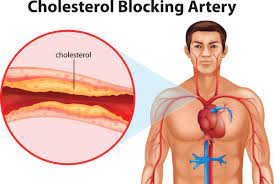
Sunlight lowers cholesterol and triglycerides in the blood sunlight may decrease cholesterol by more than 30%
In QJM, An International Journal of Medicine, researchers found that Sunlight deficiency could increase blood cholesterol by allowing squalene metabolism to progress to cholesterol synthesis rather than to vitamin D synthesis as would occur with greater amounts of sunlight exposure. They believed that it accounts for an increase in the concentration of cholesterol during the winter. They also observed that there was a decrease in the concentration of cholesterol during outdoor activities like gardening.
13. Sunlight Benefits In the Conversion of Cholesterol
Cholesterol and ergosterol in the skin to vitamin D, but only to safe levels. Vitamin D plays a part in the metabolism of calcium and phosphorus which are essential for bone and tooth development. Adequate vitamin D can be obtained by exposing the face to the sun for a few minutes
14. Sunlight Benefits Muscle Tone.

Sunlight improves muscle tone and endurance, exercising outdoors in the sunlight develops the body muscles more than indoor exercise does.
In an article published in Endocrine Reviews Journal, it was observed profound muscle weakness and changes in the muscle morphology of adults with vitamin D deficiency, it is also suggested that vitamin D alters muscle metabolism, specifically its sensitivity to insulin, which is a pertinent feature in the pathophysiology of insulin resistance and type 2 diabetes.
Vitamin D deficiency accelerates muscle loss with age (sarcopenia) and therefore leads to a reduction in physical capacity and to an increased risk of falls and fractures. In contrast, an additional intake of vitamin D in older people significantly improves muscle function and physical performance.
15. Sunlight Benefits in Thyroid Gland Stimulation.
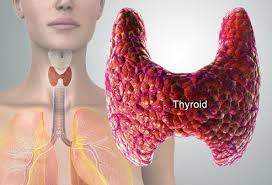
Sunlight increases the body\’s metabolism by Stimulating the thyroid gland function.
In an article published by Nettore and cohorts, Thyroid hormones were discovered to be vital for the control of metabolism and for maintaining the specific functions of several tissues and cell types. They also demonstrated that high vitamin D status is associated with low circulating thyrotropin both in the young and in the elderly.
In their study, they observed the severity of Autoimmune thyroid diseases (AITD), the most common pathological conditions of the thyroid gland characterized by the destruction of lymphocytes of the thyroid gland was reduced in animals receiving suboptimal doses of vitamin D, suggesting a protective role of vitamin D in prevention of thyroiditis, they also observed vitamin D insufficiency (<30 ng/mL) occurred more frequently in patients with HT rather than in a healthy population.
Truly the light is sweet, and a pleasant thing it is for the eyes to behold the sun: KJV Ecclesiastes 11:7
Truly the light is sweet, and a pleasant thing it is for the eyes to behold the sun:
KJV Ecclesiastes 11:7
16. Sunlight Benefits the Pineal Gland.
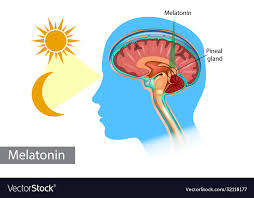
Sunlight comes through the eyes to the pineal gland and affects the pituitary gland which controls the hormone production of the other endocrine glands in a beneficial way.
According to the Journal of Steroid Biochemistry and Molecular Biology published in ResearchGate, soltriol-vitamin D regulated neural “timing circuit(s)” plays an important role in the regulation of neuronal functions that include the modulation and entrainment of biorhythms.
Soltriol’s central effects correlate with peripheral effects on elements in skin, bone, teeth, kidney, intestine, heart and blood vessels, endocrine organs, and tissues of the immune and reproductive system.
17. Sunlight Benefits in the Enhancement of Mental Outlook.

Sunlight enhances the mental outlook and sense of well-being. It helps in the prevention or overcoming of mental depression. According to a REGARDS cross-sectional study, Shia T Kent and cohorts discovered a possible physiological effect of sunlight on mood and cognitive function.
In the study, Shia T Kent et al. found among depressed subjects, a dose-response relationship was found between sunlight exposure and cognitive function, with lower levels of sunlight associated with impaired cognitive status.
While both season and sunlight were correlated with cognitive function, a significant relation remained between each of them and cognitive impairment after controlling for their joint effects.
18. Sunlight Benefits in Stress Management.

Sunlight lessens stress by working through the sensory receptors in the skin as well as through psychological factors. The ultraviolet rays of the sun are also absorbed by many molecules called chromophores in different layers of skin, these have mood-boosting effects. They stimulate epidermal cells known as keratinocytes to make beta-endorphins, whose primary function is to reduce stress.
In research by GW Lambert et al. Lancet. 2002. the rate of production of serotonin by the brain was directly related to the prevailing duration of bright sunlight and rose rapidly with increased luminosity.
In their findings, it is evidenced that changes in the release of serotonin by the brain underlie mood seasonality and seasonal affective disorder
19. Sunlight Benefits for Health and Healing.
Sunlight promotes healing, exposing infected parts of the body to sunlight, a short sunbath several times a day will destroy germs and promote wound healing. A study by Asheesh Gupta et al. Observed that the sunlight ultraviolet ray is highly germicidal; however, its use to treat wound infections remains at an early stage of development.
20. Sunlight Benefits PMS

Sunlight relieves certain symptoms of PMS, according to a randomized clinical trial, Heidari, H., Amani, R., Feizi, A. et al. discovered that Vitamin D, a steroid hormone, and its biological actions are mediated through vitamin D receptor (VDR).
VDR has been identified not only in calcium-regulating tissues but also in many other reproductive organs representing a potential role for vitamin D in female reproductive physiology, it is proposed that vitamin D deficiency can be associated with PMS
Researchers at UCLA (Rapkin et al., 1987) have shown that serotonin levels drop just before ovulation in all women. Rapkin shows that this drop correlates with the onset of PMS symptoms, and that serotonin levels rebound with the onset of menstruation when PMS symptoms decrease.
This and other recent research suggest that PMS occurs in women with low base levels of serotonin; when serotonin levels drop further at ovulation, these levels fall low enough in women with premenstrual syndrome for symptoms to appear.
Using phototherapy women with PMS can keep their serotonin/melatonin levels high enough to prevent PMS symptoms from appearing. (Parry, Berga, et al, 1991; Parry, Rosenthal, et al, 1987)
21. Sunlight Benefits the Home
22. How to Prevent Sunburn

Overexposure to sunlight can cause skin aging, skin cancer, and eye damage (cataracts). While skin cancer is in the crease, there is no need to get it, examine the skin periodically for any mole that changes shape, color, or size, and look out for any sore that seems not to heal. The following recommendations will prevent Sun\’s injury.
- Get sunlight in daily, small, graduated doses, and avoid sunburn-like poison.
- Minimize summer sun exposure at midday between 10 am to 3 pm.
- When outdoor wear protective clothing and a wide-brimmed hat. Light cotton clothes allow the skin to absorb some of the sun\’s rays
- Eat a low-fat diet, fruits, vegetables, whole grains, raw nuts, and seeds. These food are rich in cancer-preventing compounds. A high-fat diet containing cholesterol, saturated fats, and polyunsaturated fats (in refined vegetable oils) promotes the development of skin cancer.
References
- Mead MN. Benefits of sunlight: a bright spot for human health. Environ Health Perspect. 2008 Apr;116(4): A160-7. DOI: 10.1289/ehp.116-a160. Erratum in: Environ Health Perspect. 2008 May;116(5): A197. PMID: 18414615; PMCID: PMC2290997.
- Rostand, Stephen G.a; McClure, Leslie A.b,*; Kent, Shia T.c,d; Judd, Suzanne E.c; Gutiérrez, Orlando M.a,c Associations of blood pressure, sunlight, and vitamin D in community-dwelling adults, Journal of Hypertension: September 2016 – Volume 34 – Issue 9 – p 1704-1710
- DOI: 10.1097/HJH.0000000000001018
- http://www.who.int/uv/faq/uvhealtfac/en/index1.html
- Teng, S., Chakravorty, L., Fleury, N. et al. Regular exposure to non-burning ultraviolet radiation reduces signs of non-alcoholic fatty liver disease in mature adult mice fed a high-fat diet: results of a pilot study. BMC Res Notes 12, 78 (2019). https://doi.org/10.1186/s13104-019-4112-8
- Gorman, S.; Black, L.J.; Feelisch, M.; Hart, P.H.; Weller, R. Can Skin Exposure to Sunlight Prevent Liver Inflammation? Nutrients 2015, 7, 3219-3239. https://doi.org/10.3390/nu7053219
- Penckofer S, Kouba J, Wallis DE, Emanuele MA. Vitamin D and diabetes: let the sunshine in. Diabetes Educ. 2008 Nov-Dec;34(6):939-40, 942, 944 passim. DOI: 10.1177/0145721708326764. PMID: 19075078; PMCID: PMC2910714.
- Noordam R, Ramkisoensing A, Loh NY, Neville MJ, Rosendaal FR, Willems van Dijk K, van Heemst D, Karpe F, Christodoulides C, Kooijman S. Associations of Outdoor Temperature, Bright Sunlight, and Cardiometabolic Traits in Two European Population-Based Cohorts. J Clin Endocrinol Metab. 2019 Jul 1;104(7):2903-2910. DOI: 10.1210/jc.2018-02532. PMID: 30759251; PMCID: PMC6543772.
- Grimes DS, Hindle E, Dyer T. Sunlight, cholesterol, and coronary heart disease. QJM. 1996 Aug;89(8):579-89. DOI: 10.1093/qjmed/89.8.579. PMID: 8935479.
- Christian M. Girgis, Roderick J. Clifton-Bligh, Mark W. Hamrick, Michael F. Holick, Jenny E. Gunton, The Roles of Vitamin D in Skeletal Muscle: Form, Function, and Metabolism, Endocrine Reviews, Volume 34, Issue 1, 1 February 2013, Pages 33–83, https://doi.org/10.1210/er.2012-1012
- Nettore IC, Albano L, Ungaro P, Colao A, Macchia PE. Sunshine vitamin and thyroid. Rev Endocr Metab Disord. 2017 Sep;18(3):347-354. DOI: 10.1007/s11154-017-9406-3. PMID: 28092021; PMCID: PMC5543192.
- Stumpf WE, Privette TH. The steroid hormone of sunlight soltriol (vitamin D) as a seasonal regulator of biological activities and photoperiodic rhythms. J Steroid Biochem Mol Biol. 1991 Aug;39(2):283-9. DOI: 10.1016/0960-0760(91)90074-f. PMID: 1888689.
- Kent ST, McClure LA, Crosson WL, Arnett DK, Wadley VG, Sathiakumar N. Effect of sunlight exposure on cognitive function among depressed and non-depressed participants: a REGARDS cross-sectional study. Environ Health. 2009 Jul 28;8:34. DOI: 10.1186/1476-069X-8-34. PMID: 19638195; PMCID: PMC2728098.
- Lambert GW, Reid C, Kaye DM, Jennings GL, Esler MD. Effect of sunlight and season on serotonin turnover in the brain. Lancet. 2002 Dec 7;360(9348):1840-2. DOI: 10.1016/s0140-6736(02)11737-5. PMID: 12480364.
- Heidari, H., Amani, R., Feizi, A. et al. Vitamin D Supplementation for Premenstrual Syndrome-Related inflammation and antioxidant markers in students with vitamin D deficient: a randomized clinical trial. Sci Rep 9, 14939 (2019). https://doi.org/10.1038/s41598-019-51498-x







